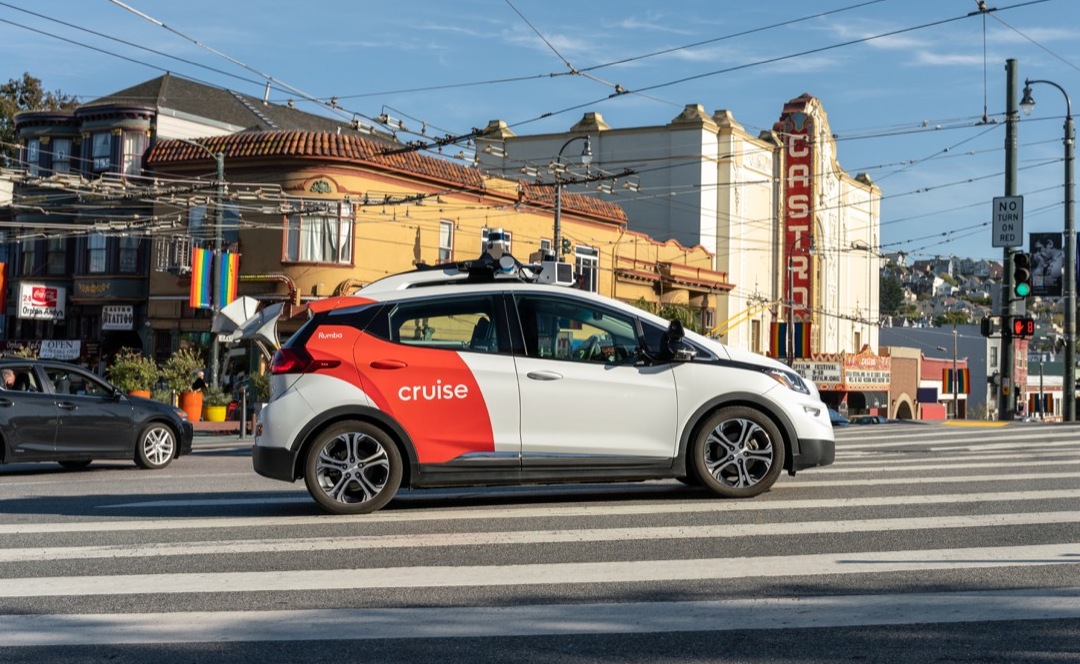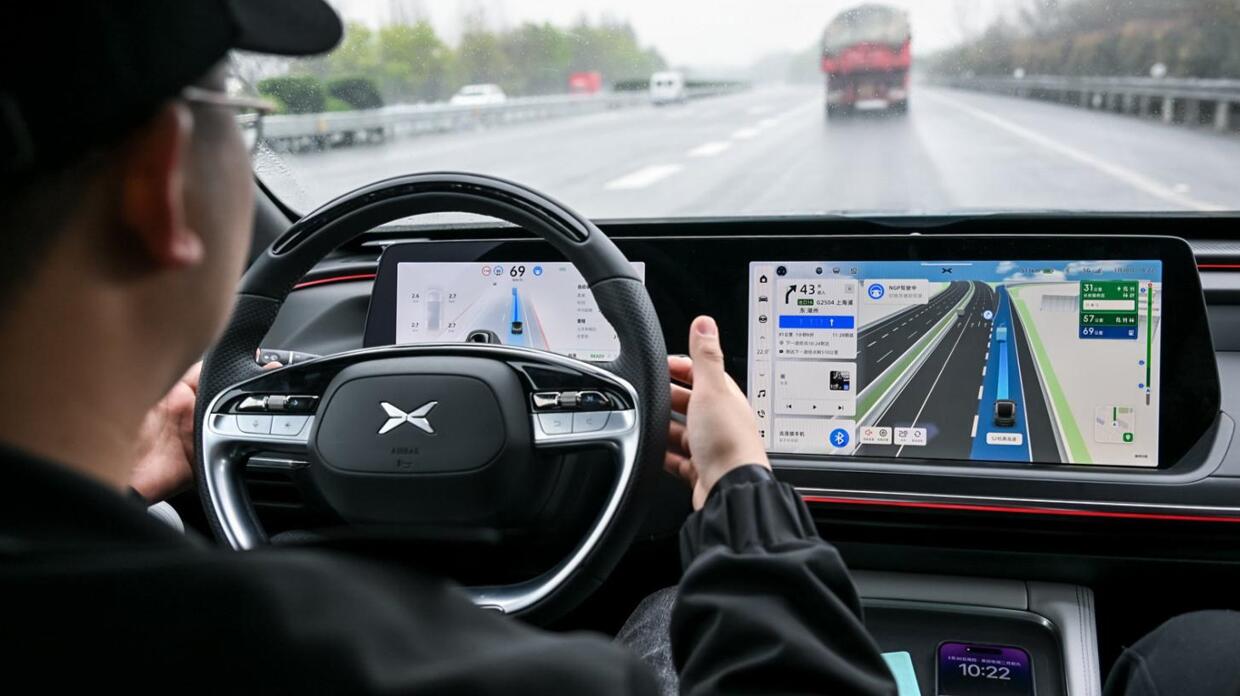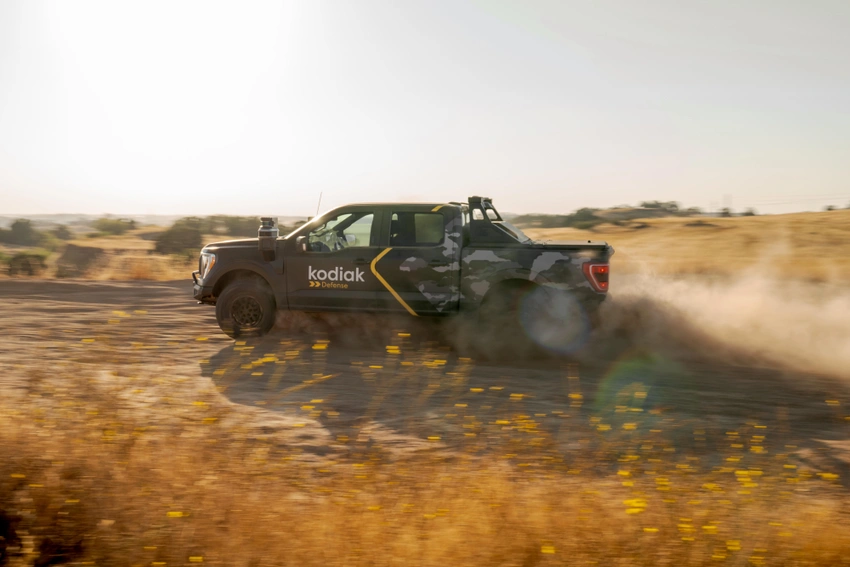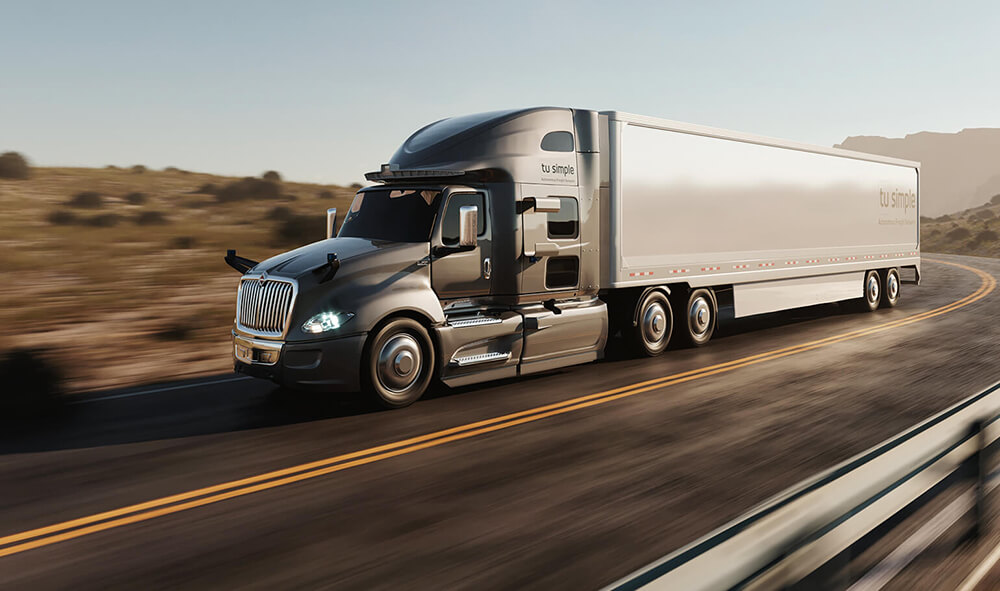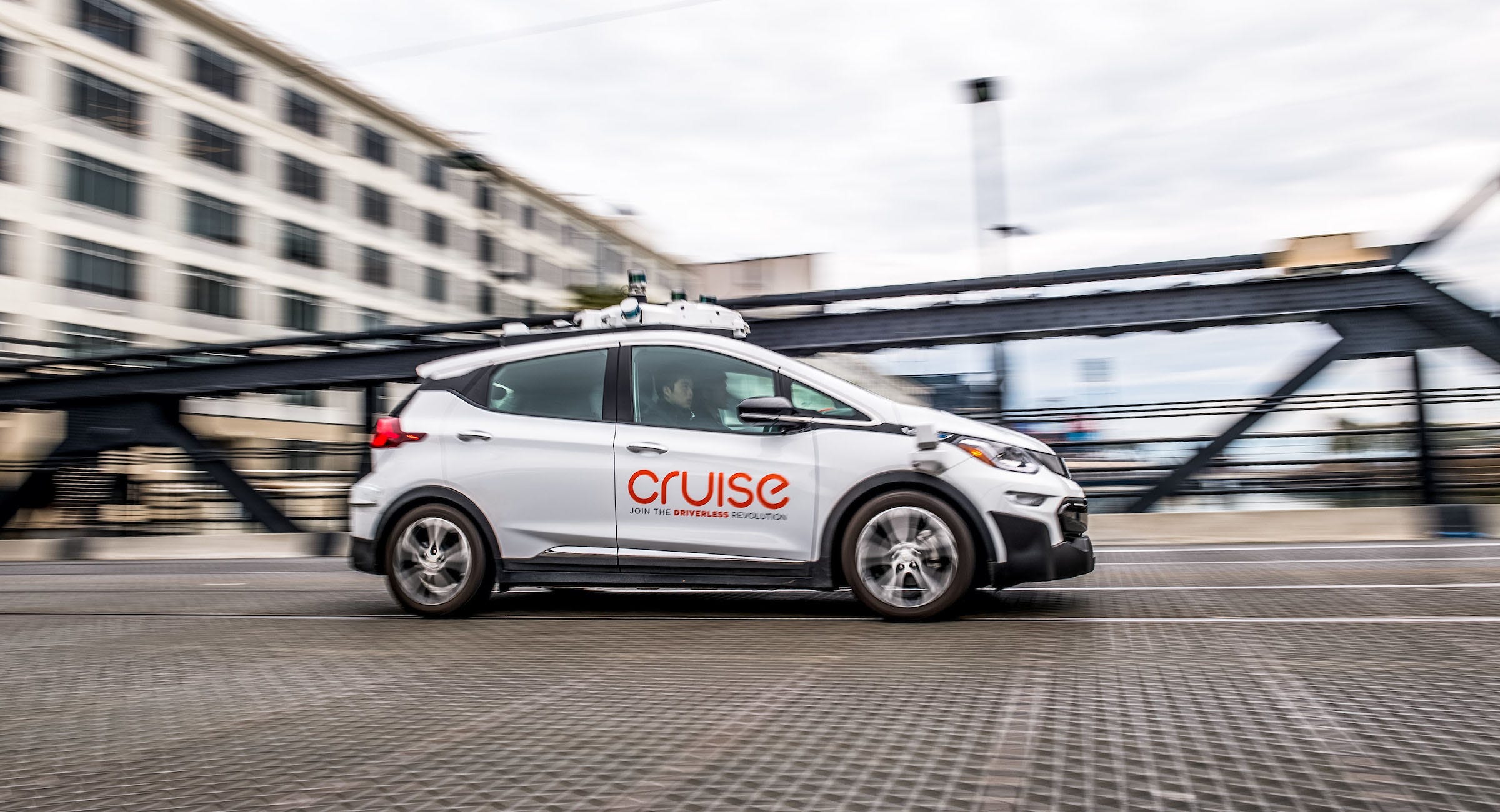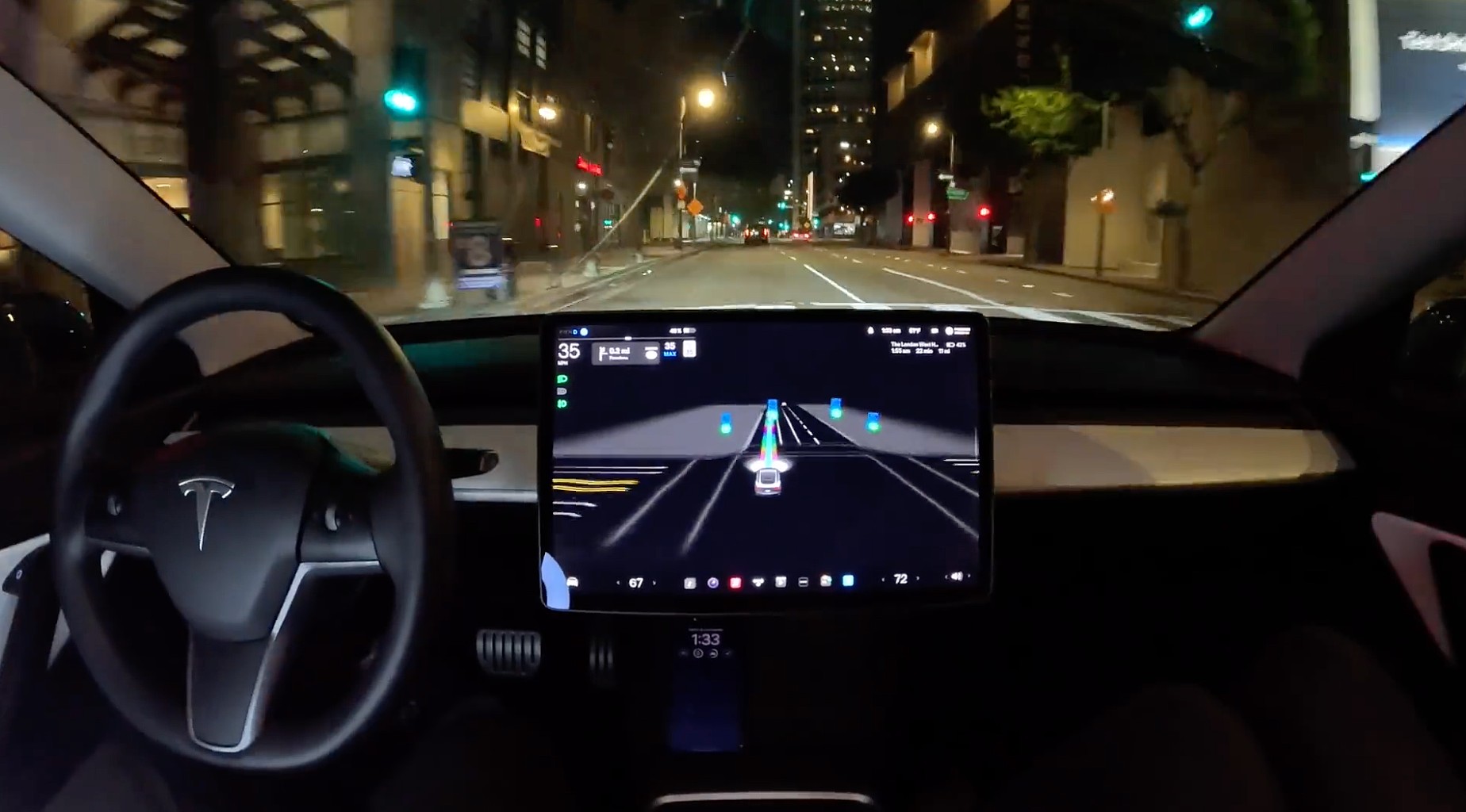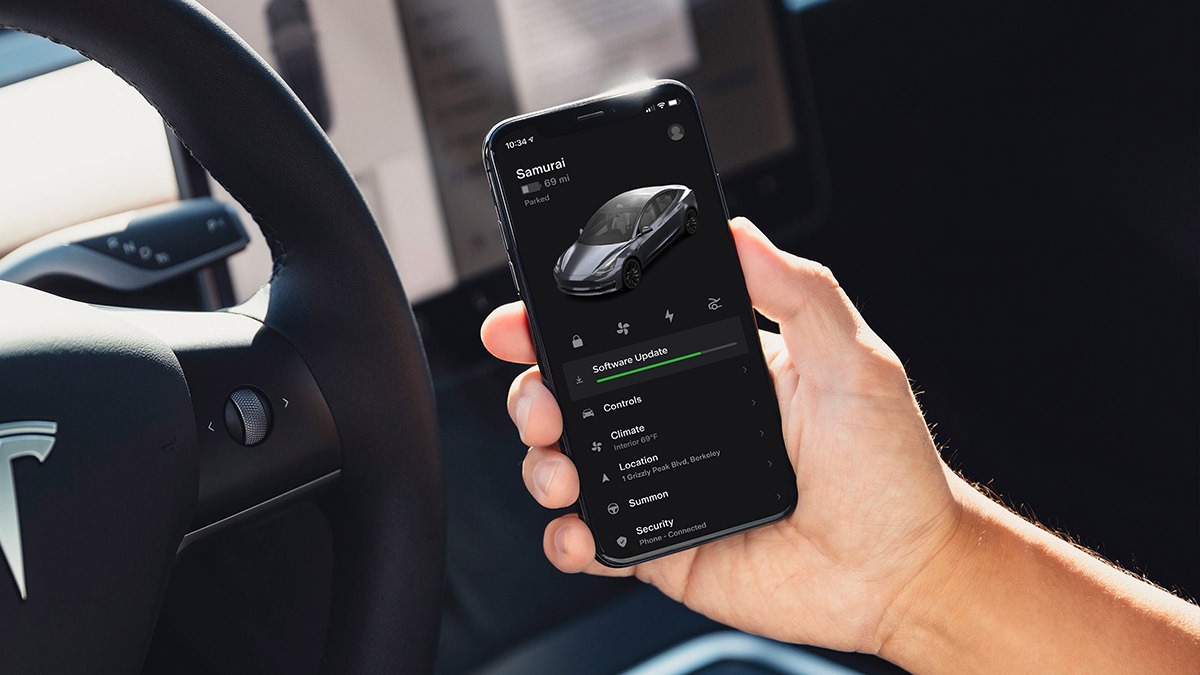Self-driving technology company Cruise, a subsidiary of General Motors, is under scrutiny from the California Public Utilities Commission (CPUC) for its handling of a pedestrian incident in San Francisco in October. The CPUC is seeking Cruise’s appearance at a hearing on February 6 to explain its actions and potentially face sanctions and fines.
According to documents on the CPUC website, the regulatory body accuses Cruise of failing to provide complete information and making misleading public comments about the incident. The October accident involved a self-driving Cruise taxi colliding with a pedestrian, who was then dragged along the road after being struck by a hit-and-run human-driven vehicle.
The CPUC alleges that Cruise initially provided incomplete details of the incident during a phone call with a Cruise employee. The company’s failure to immediately share video evidence reportedly hindered the CPUC’s investigation efforts, leading to concerns about the accuracy of information provided by Cruise.
Cruise, which initially contested claims of withholding information, later took down a post stating it had “proactively shared information.” The CPUC contends that Cruise “withheld information from the commission for 15 days,” impacting the regulatory body’s ability to assess the situation promptly.
The aftermath of the incident has been detrimental to Cruise, resulting in the removal of its license for driverless operations in California and a voluntary pause of all activities across the United States. Founder and CEO Kyle Vogt resigned, and the company faces reduced investment from GM.
As part of the CPUC’s proceedings, Cruise is required to submit a verified statement by December 18, presenting all relevant facts, arguments, and legal authorities supporting its position. Potential penalties for Cruise include fines of up to $100,000 per day for the alleged cover-up, amounting to a potential total of $1.5 million.
Despite the challenges faced, GM remains publicly supportive of Cruise, emphasizing its commitment to improving safety in autonomous transportation technology. CEO Mary Barra stated, “We’re very focused on righting the ship here because this is technology that can make the way we move from point A to point B safer.”

